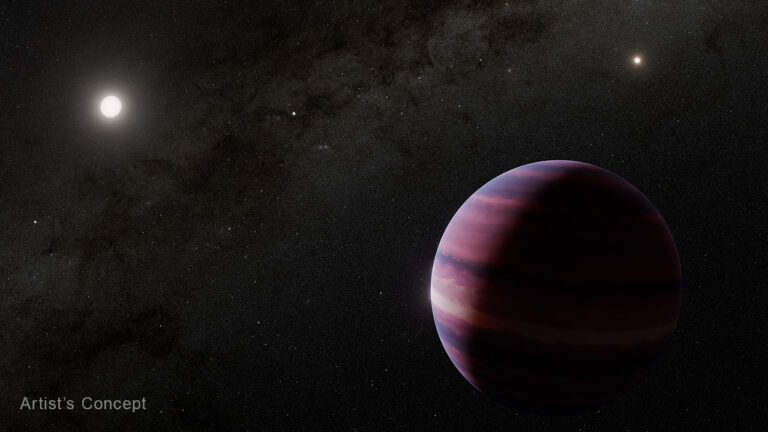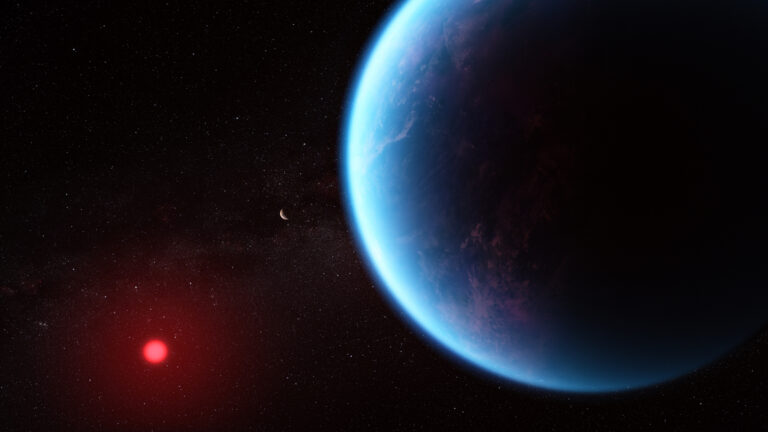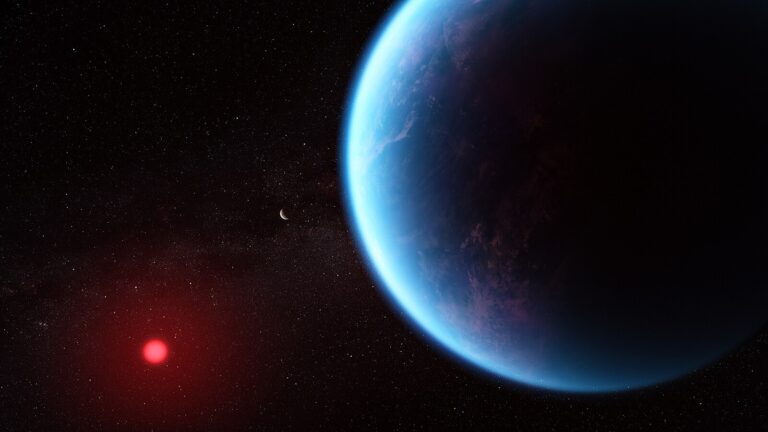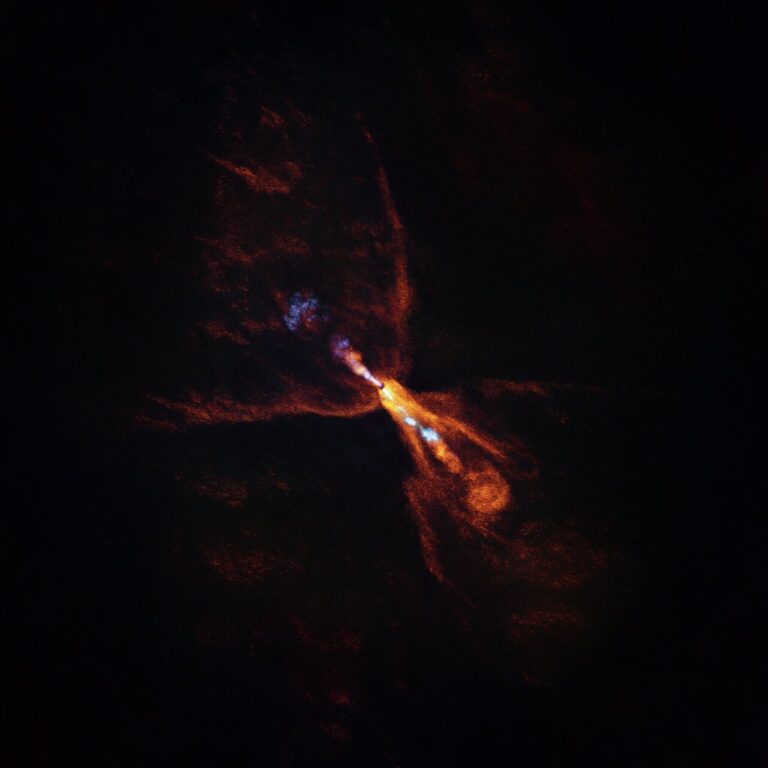Key Takeaways:
Q: Have there been any exoplanets discovered in globular star clusters? If so, would they be quite rare?
A: Globular clusters are compact, spherical collections of stars usually found in the halo of galaxies. The Milky Way is home to 150 known globular clusters. These clusters are much older and more densely packed with stars than their younger counterparts, open clusters, which means the two have very different environments for planet evolution.
In terms of finding exoplanets within globular clusters, researchers run into a problem: These clusters tend to be very far away. The closest globular cluster is M4, which is over 5,500 light-years away — 100 times farther than our nearest neighboring star and more than five times farther than the majority of exoplanets we’ve found so far. One method to find exoplanets is to watch for consistent dips in a star’s brightness, which indicates that a planet is transiting, or passing in front of, the star from Earth’s perspective. The farther away a star is, the dimmer it appears, which makes it harder to detect the even smaller dip in brightness of a transiting exoplanet.
But astronomers have managed to find one planet in a globular cluster: PSR B1620-26 (AB) b in M4. This planet is actually orbiting two stars, represented by the AB in the name. Those stars also happen to be pulsars — the leftover cores of long-dead stars, which emit very precisely timed radio pulses. When a planet is orbiting a pulsar, the exoplanet’s gravity interferes with the timing of the radio pulses, which can be measured on Earth. (The very first exoplanets to ever be discovered were also found with this method.)
Of course, just because planets in globular clusters are hard to find does not mean they aren’t common. Computer simulations indicate that, due to how many stars are packed close together in globular clusters, any planetary systems would also be compact. Close encounters with neighboring stars would fling planets in distant orbits similar to Jupiter and Saturn out into space. But planets with smaller orbits, like Mars or Earth, would be safe to keep circling their suns.
graduate student, European Southern Observatory, Garching, Germany










